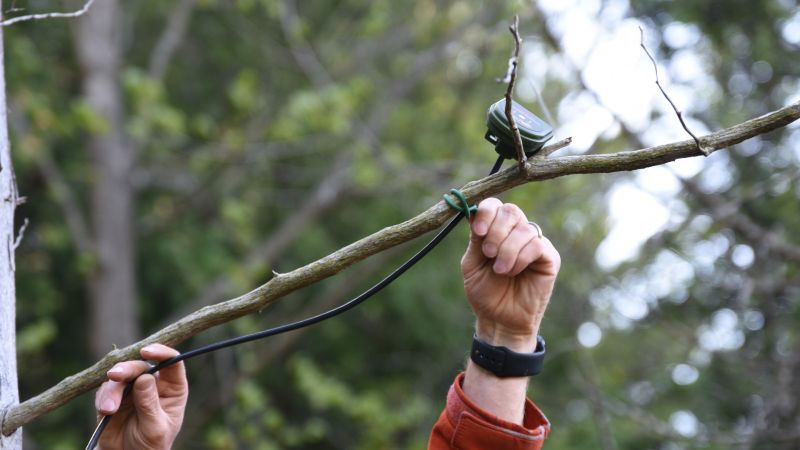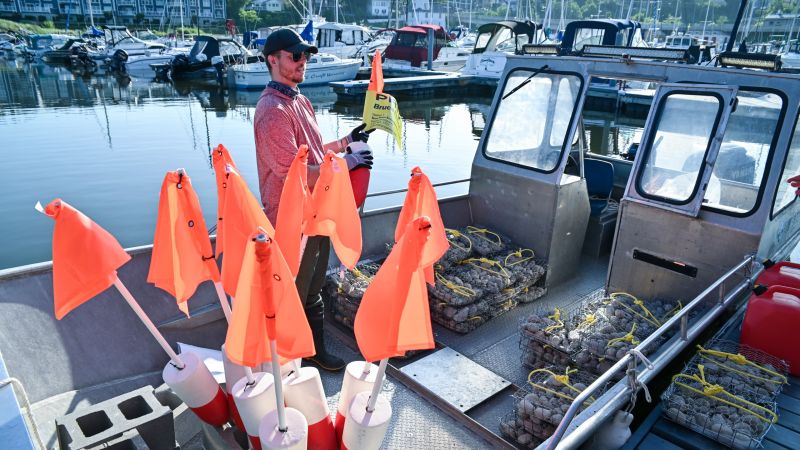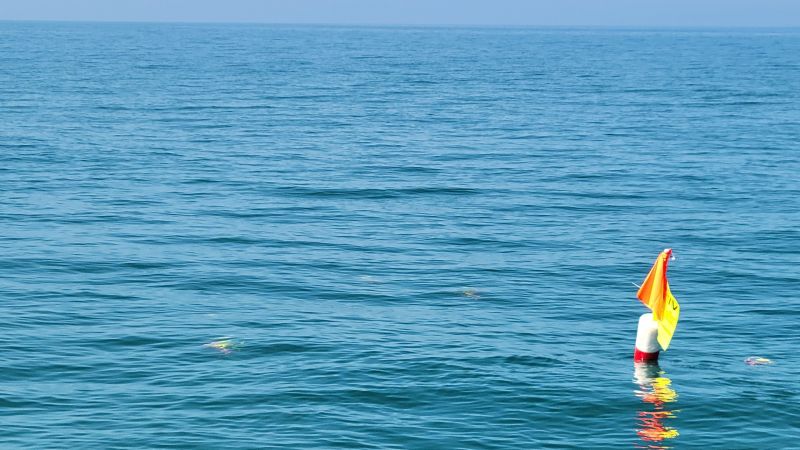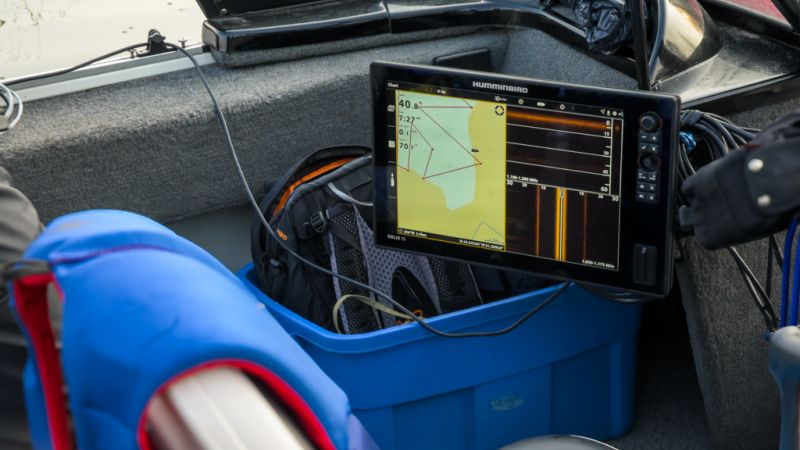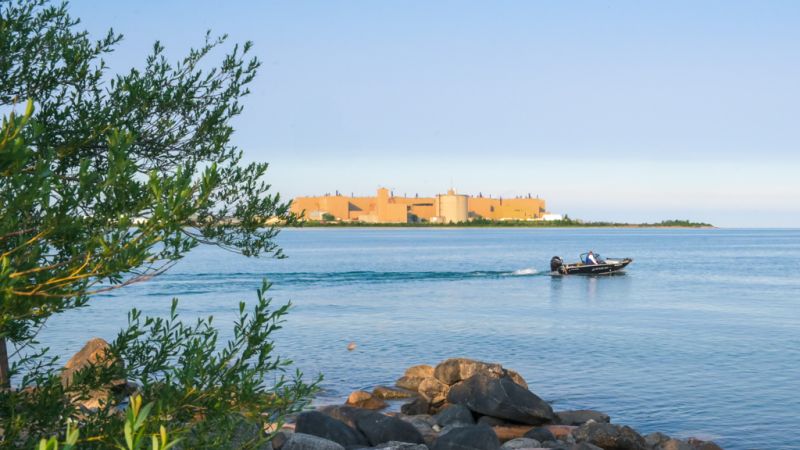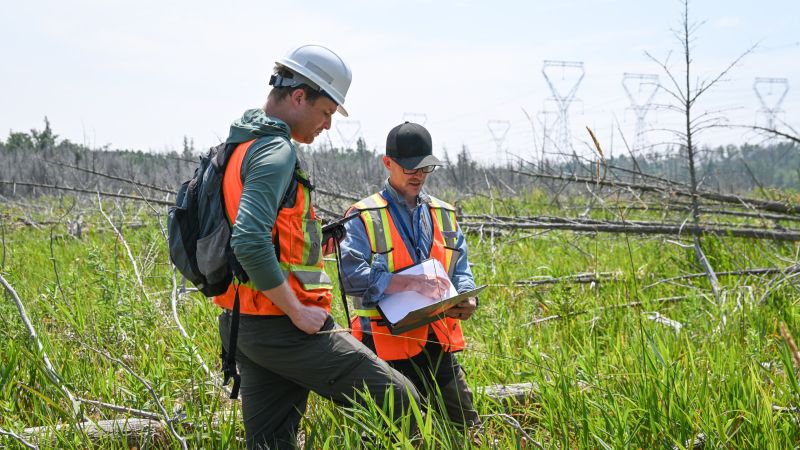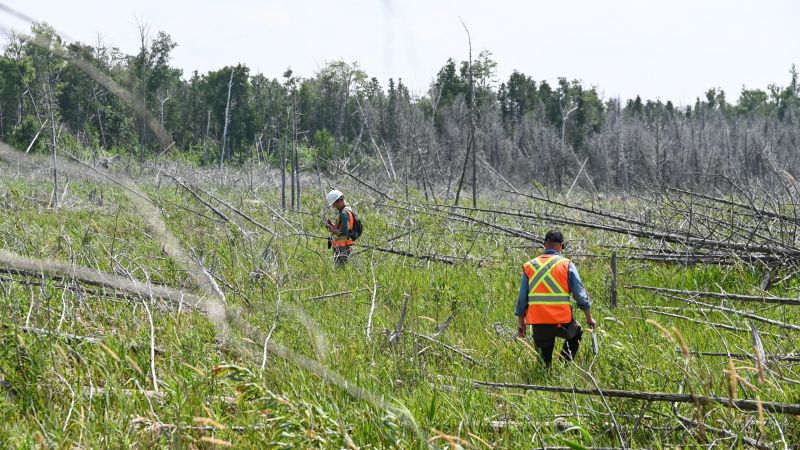Fieldwork and Baseline Information
Conducting fieldwork and gathering baseline information is an important step in the Impact Assessment (IA) process. This baseline information provides an understanding of existing conditions, which serves as the starting point against which potential positive and negative effects of a new nuclear facility can be assessed.
Bruce Power already has extensive baseline information that is routinely gathered through existing environmental protection programs. The fieldwork and baseline information being gathered to support the Bruce C Project IA supplements this existing information, and the approach continues to be shaped by ongoing engagement interactions.
The methodology, or approach that Bruce power is taking towards baseline data collection and fieldwork has been an important topic in our ongoing engagement with local Indigenous Nations and Communities. Engagement with Indigenous Nations and Communities is an integral part of shaping the future of the Bruce Power site and ensuring participation and benefit from developments on the Bruce Power site. A summary of early engagement with Indigenous Nations and Communities, including key issues raised and a description of planned future engagement is provided in Bruce C Project Initial Project Description on the federal Impact Assessment Registry.

Archaeology Assessments
Bruce Power has commenced terrestrial and marine archaeological assessments and is collaborating with the Saugeen Ojibway Nation (SON) to ensure these assessments adhere to SON's Archaeology Standards and Guidelines. The Stage 1 Archaeological Assessments involved a desktop review and a field visit to the Bruce Power site and formed recommendations for the Stage 2 Archaeological Assessments. Bruce Power along with SON's archaeology team commenced the Stage 2 fieldwork early Spring 2025 which will continue into the fall.Bat Habitat and Acoustic Survey
One of the studies that started in May of 2025 is the Bat Habitat and Acoustic Survey. This fieldwork will determine which bat species may be using the area for summer maternity roosting. Several bat detector instruments have been installed at monitoring stations on and surrounding the Bruce Power site, including at Inverhuron Provincial Park. After 8 weeks, the acoustic data collected is analyzed by experienced and qualified bat specialists.
Benthic Invertebrate Community Survey
Benthic invertebrates are small aquatic organisms that live on the bottom of lakes and rivers and include insect larvae, mussels, crustaceans, worms and snails. They are an indicator of ecosystems changing and play a role in nutrient cycling and the food web. As part of the Bruce C Project IA, benthic invertebrate sampling will continue in 2025 in Lake Huron. This work is being done to capture information about the current benthic invertebrate community, along with temperature and sediment sampling.
Ecological Land Classifications
Bruce Power is conducting a review of the ecological land classification (ELC) mapping for the Bruce Power site to validate and refine vegetation characterization. ELC boundaries will be confirmed through on-site analysis of vegetation species and abundance, as well as soil moisture content. Shoreline Hazard Assessment
To understand erosion and flooding risk of the site as well as vulnerability of existing infrastructure, a shoreline hazard assessment will be conducted. Fieldwork will measure the contours and composition of the lake bottom along the shoreline surrounding and at the Bruce Power site. This assessment includes observing shoreline conditions and proximity of existing infrastructure. Historical extremes of water level, waves and ice as well as projected impacts of climate change will be used to assess risk from flooding and erosion.
Socio-economic Data Collection
Bruce Power recognizes people and communities near the Bruce Power site might experience impacts from the Bruce C Project. To identify and assess those potential impacts, Bruce Power is compiling information about the social, health, and economic conditions in the communities which will meet the requirements of the Impact Assessment Agency of Canada’s Tailored Impact Statement Guidelines. Bruce Power hosts engagement events, and works collaboratively with surrounding municipalities and counties to document and understand existing conditions and how they have changed over time.



